.
4.11.2015
Aus dem ISRO-FOTO-Archiv von MOM:
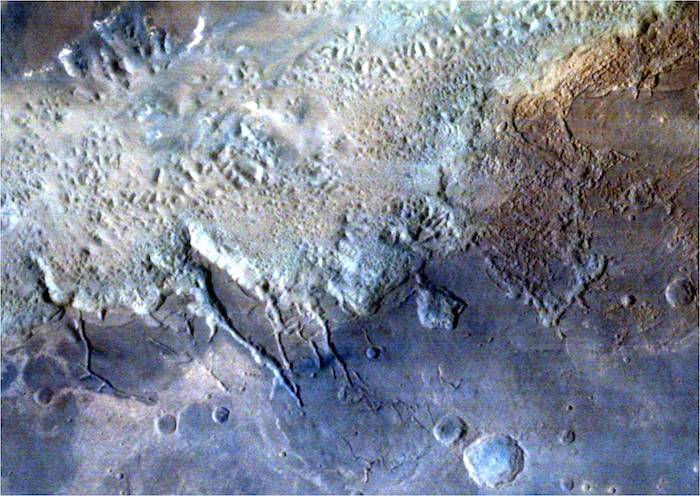
Eos Chaos area, part of the gigantic Valles Marineris Canyon of Mars
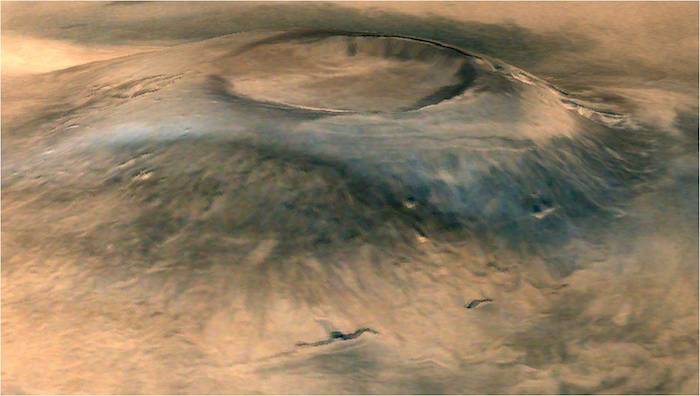
Spectacular 3D view of Arsia Mons, a huge volcano on Mars
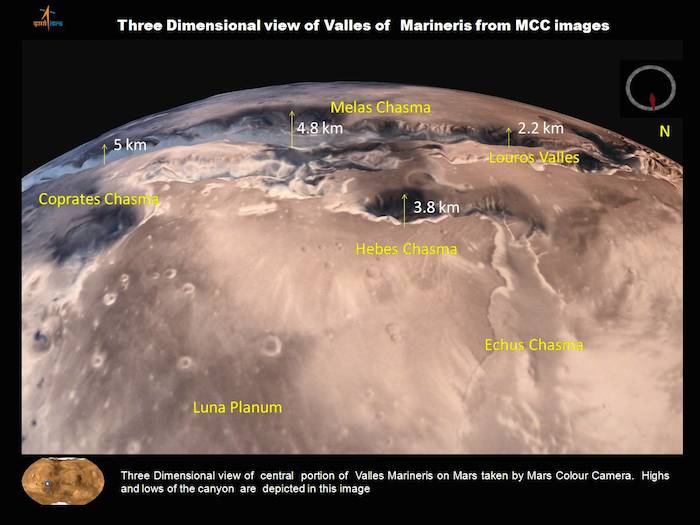
Pictures from Mars Colour Camera (MCC) onboard India’s Mars Orbiter Spacecraft

Pictures from Mars Colour Camera (MCC) onboard India’s Mars Orbiter Spacecraft
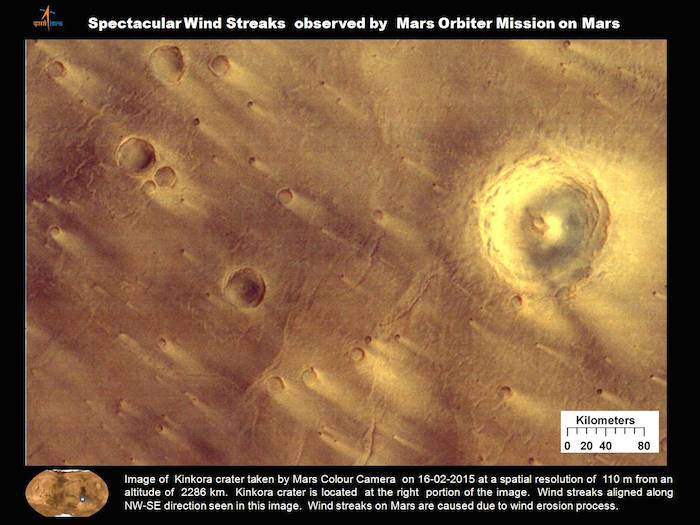
Pictures from Mars Colour Camera (MCC) onboard India’s Mars Orbiter Spacecraft

Pictures from Mars Colour Camera (MCC) onboard India’s Mars Orbiter Spacecraft

Pictures from Mars Colour Camera (MCC) onboard India’s Mars Orbiter Spacecraft
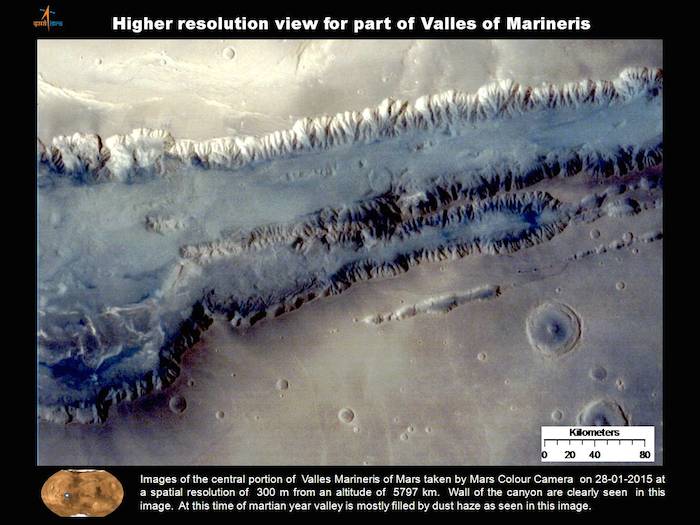
Pictures from Mars Colour Camera (MCC) onboard India’s Mars Orbiter Spacecraft
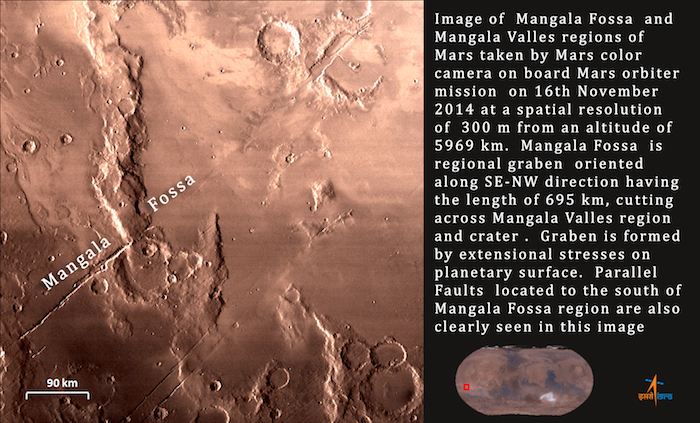
Pictures from Mars Colour Camera (MCC) onboard India’s Mars Orbiter Spacecraft
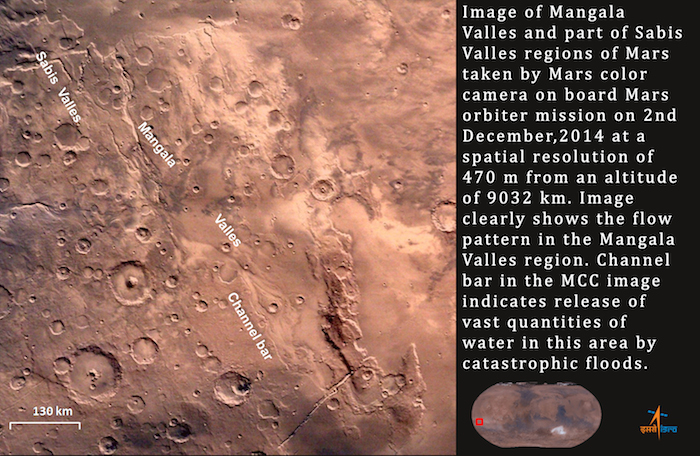
Pictures from Mars Colour Camera (MCC) onboard India’s Mars Orbiter Spacecraft
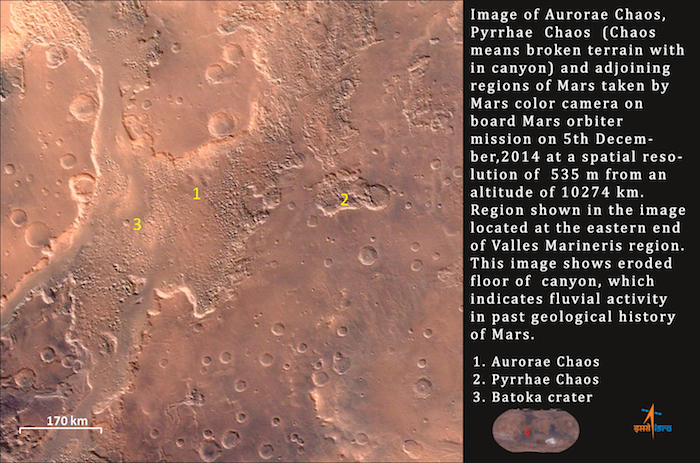
Pictures from Mars Colour Camera (MCC) onboard India’s Mars Orbiter Spacecraft
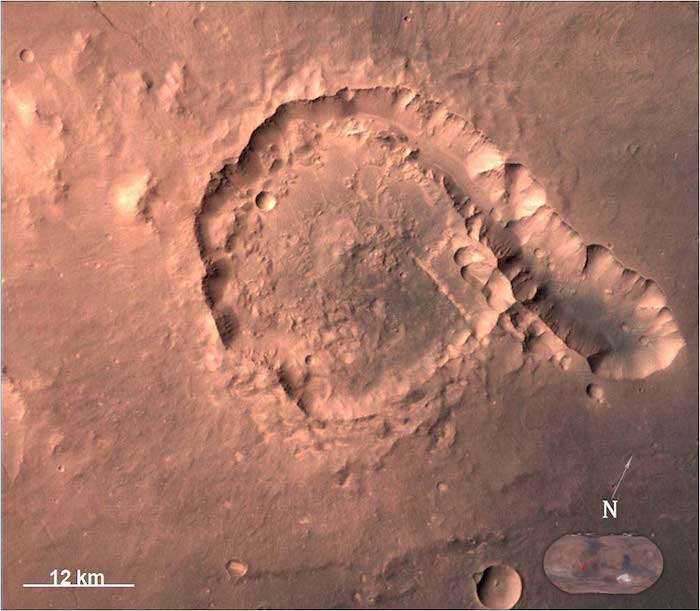
Pictures from Mars Colour Camera (MCC) onboard India’s Mars Orbiter Spacecraft
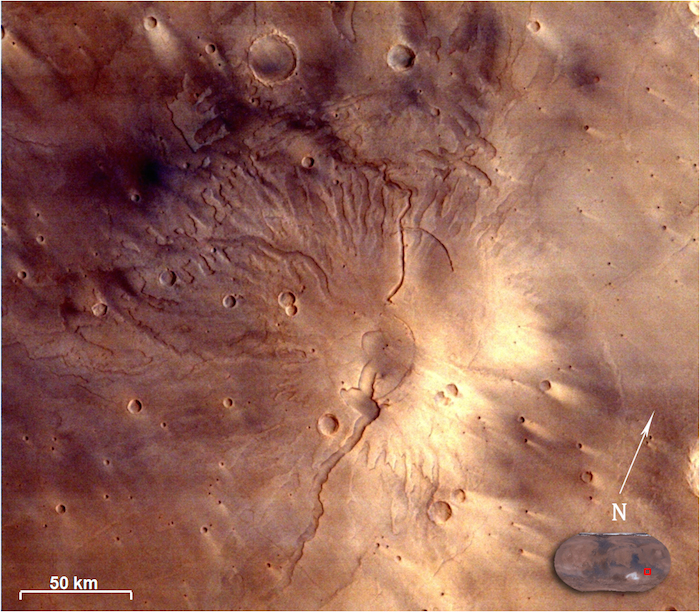
Pictures from Mars Colour Camera (MCC) onboard India’s Mars Orbiter Spacecraft
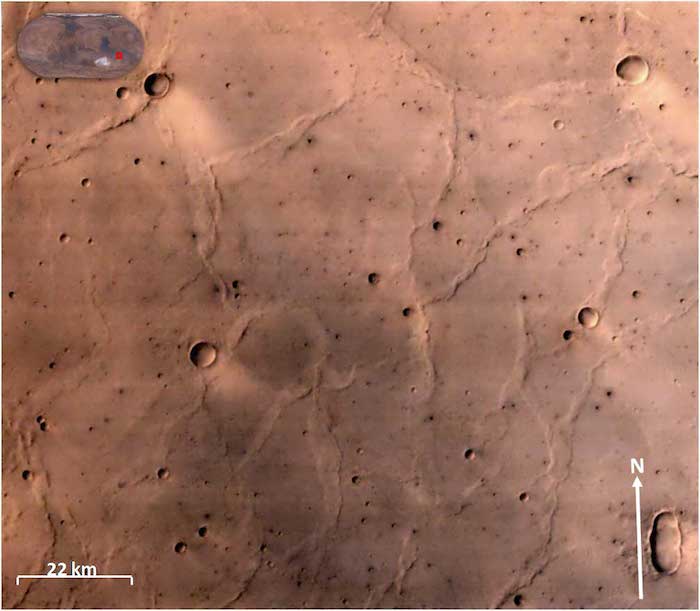
Part of Hesperia Planum region, taken by Mars color camera
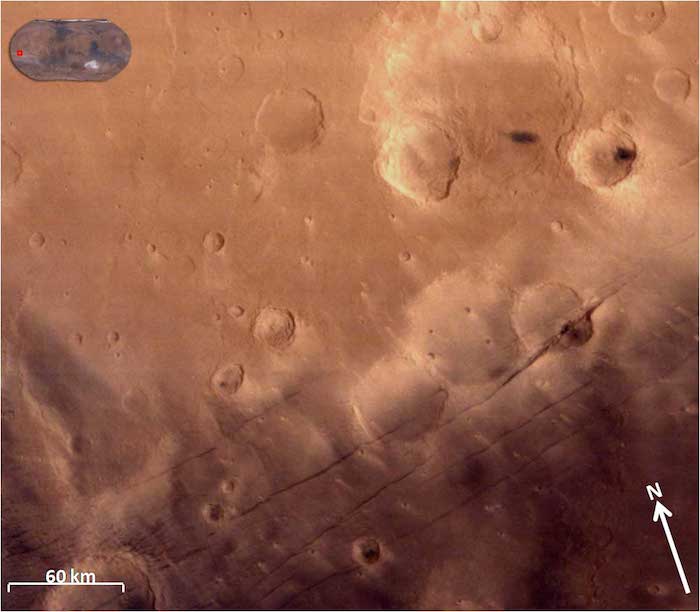
Region around Comas Sola crater was taken by Mars color camera
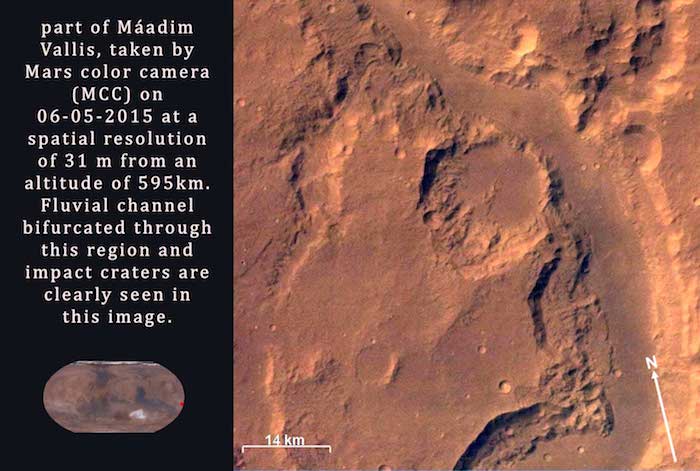
Pictures from Mars Colour Camera (MCC) onboard India’s Mars Orbiter Spacecraft
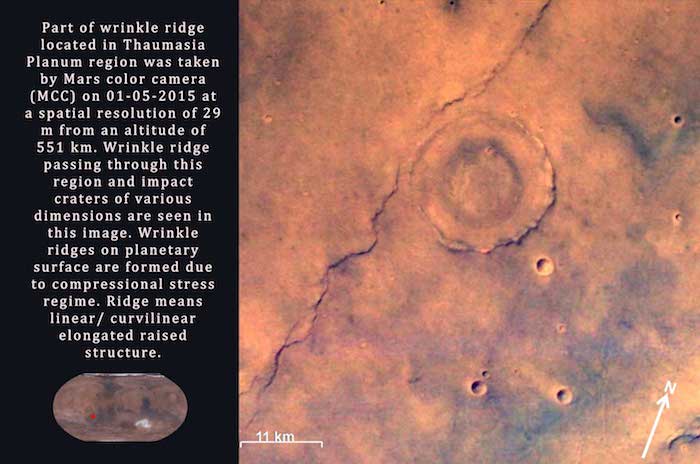
Pictures from Mars Colour Camera (MCC) onboard India’s Mars Orbiter Spacecraft

Impact crater located SW of Huygens crater
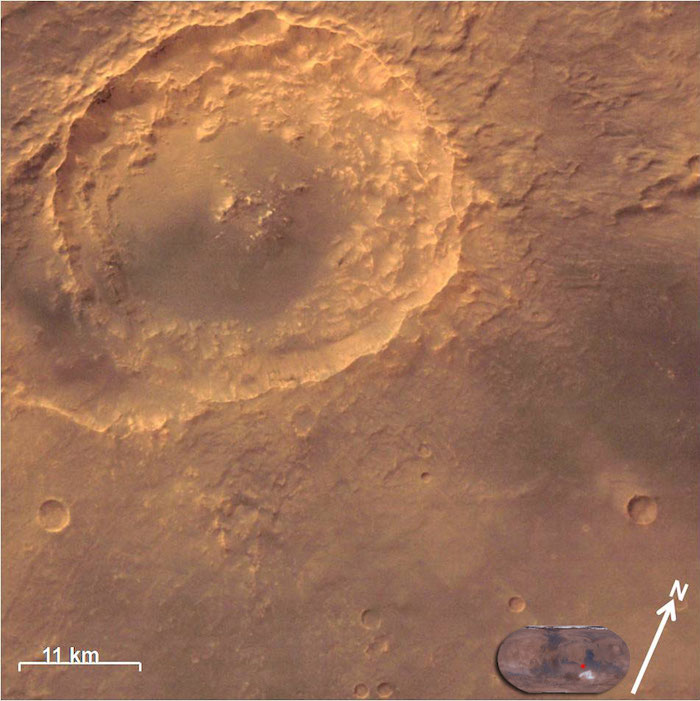
Impact crater located SW of Huygens crater
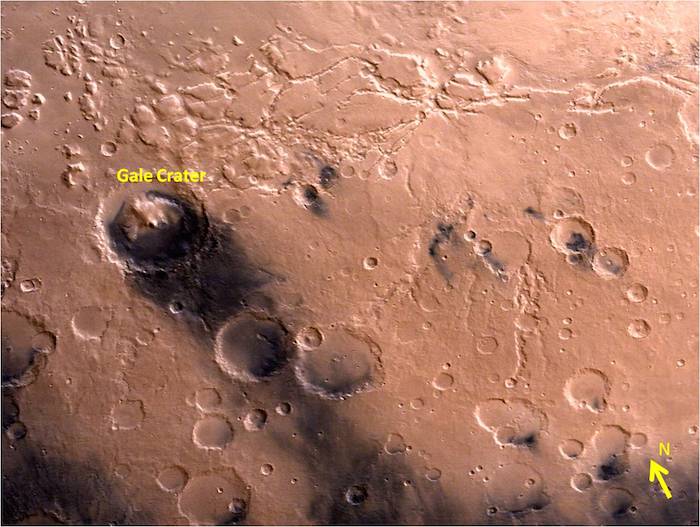
Gale crater as seen by Mars Colour Camera on board Mars Orbiter Mission
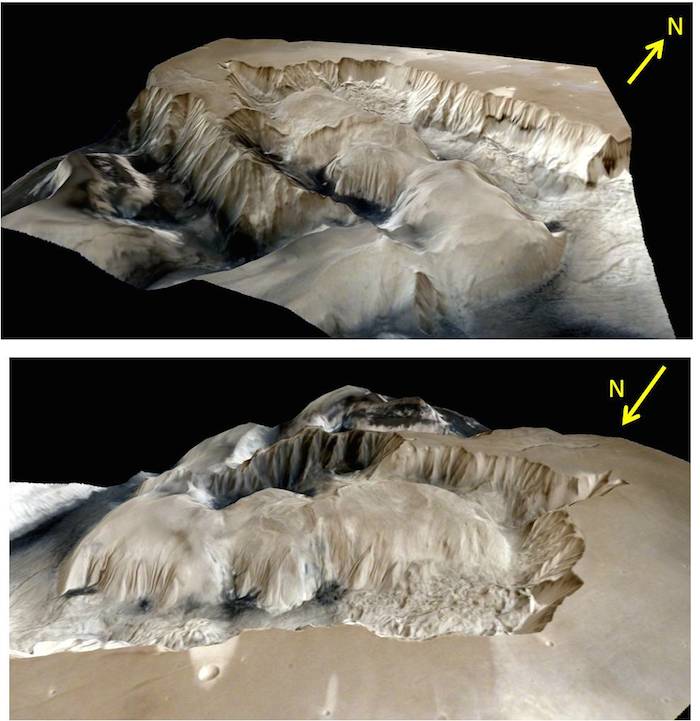
3D portrayals of Ophir Chasma terrain.
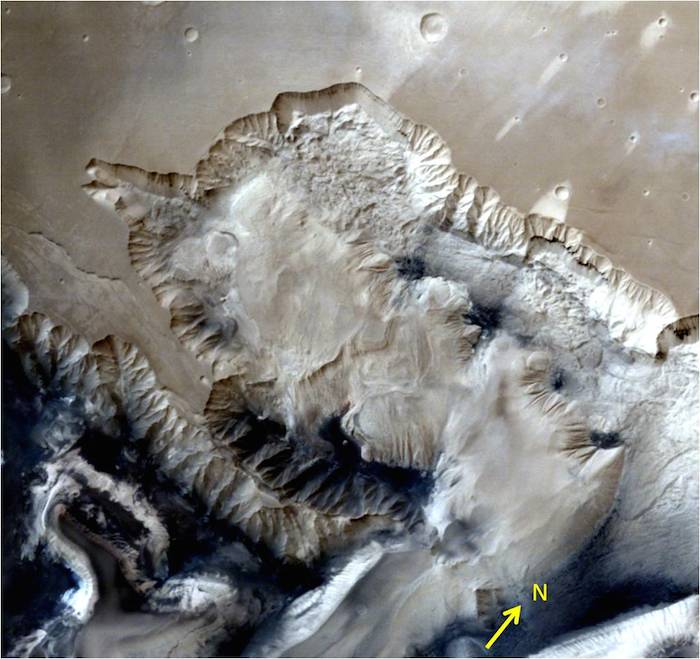
Ophir Chasma terrain.
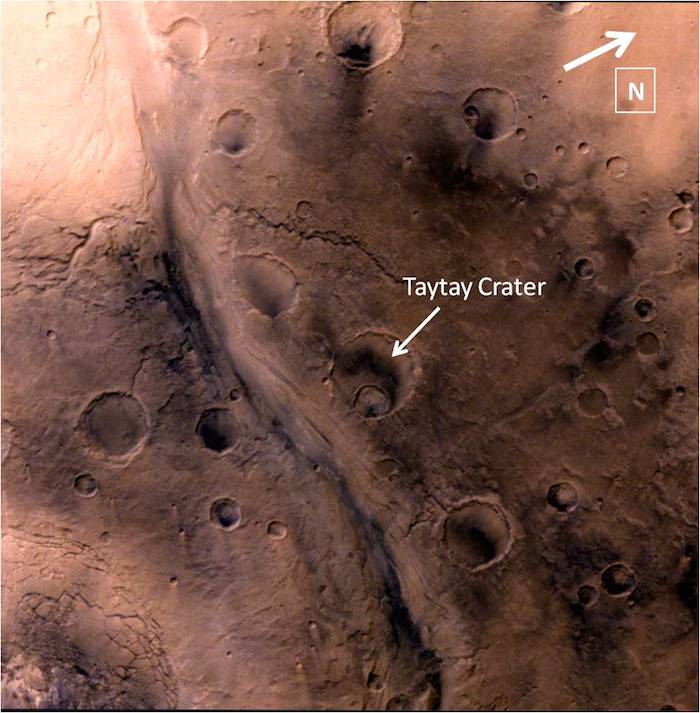
Taytay Crater - Image from Mars Color Camera
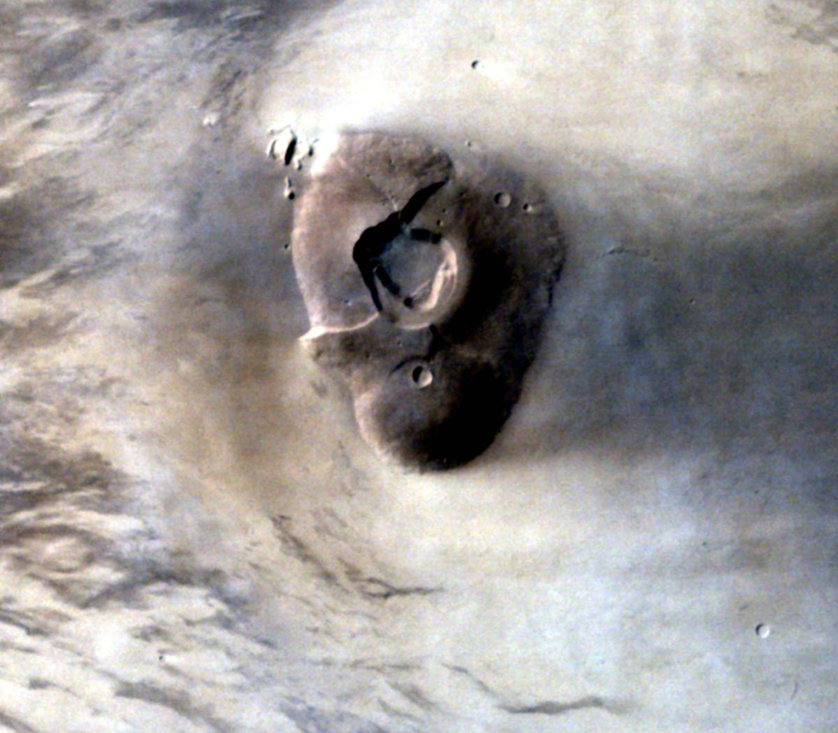
Shield Volcano Tharsis Tholus
Quelle: ISRO
-
Update: 25.09.2016
.
MOM completes two years of Mars orbit

Chennai: The low-cost Mars Orbiter Mission (MOM) which was originally meant for six months is completing two years of orbiting Mars on Saturday. The MOM’s performance and longevity have brought cheer to Isro scientists who designed, built and launched the spacecraft in a record time of less than two years. “We are extremely happy with the overall performance of the mission. It was originally meant for only six months of operation. Because of fuel being available we were able to keep the mission for a longer time,” Isro chairman A.S. Kiran Kumar told DC.
The Rs 450 crore Mars Orbiter Mission was launched with the PSLV-C25 rocket from Sriharikota on November 5, 2013. After travelling 666 million kilometres for around 300 days, it entered into the Mars orbit on September 24, 2014. India created history as the first nation to reach Mars on a maiden attempt. The five payloads collect data on geology, morphology, atmospheric processes and surface temperature of Mars.
“The ‘eclipse’ will come sometime next year during which the spacecraft will go to another side of the red planet. If we don’t take any action on the current orbit we will get into long duration eclipse where the battery on the satellite will not be able to provide the requisite power for satellite operation. We are planning to do a course correction manoeuvre sometime in January next year,” Kiran Kumar said.
M.Annadurai, director, Isro Satellites Centre said, “The experience gained in MOM realisation is now helping to get the newer satellites faster, better and cheaper. We are almost rolling out one satellite per month,” he said.
Quelle: DECCAN CHRONICLE
